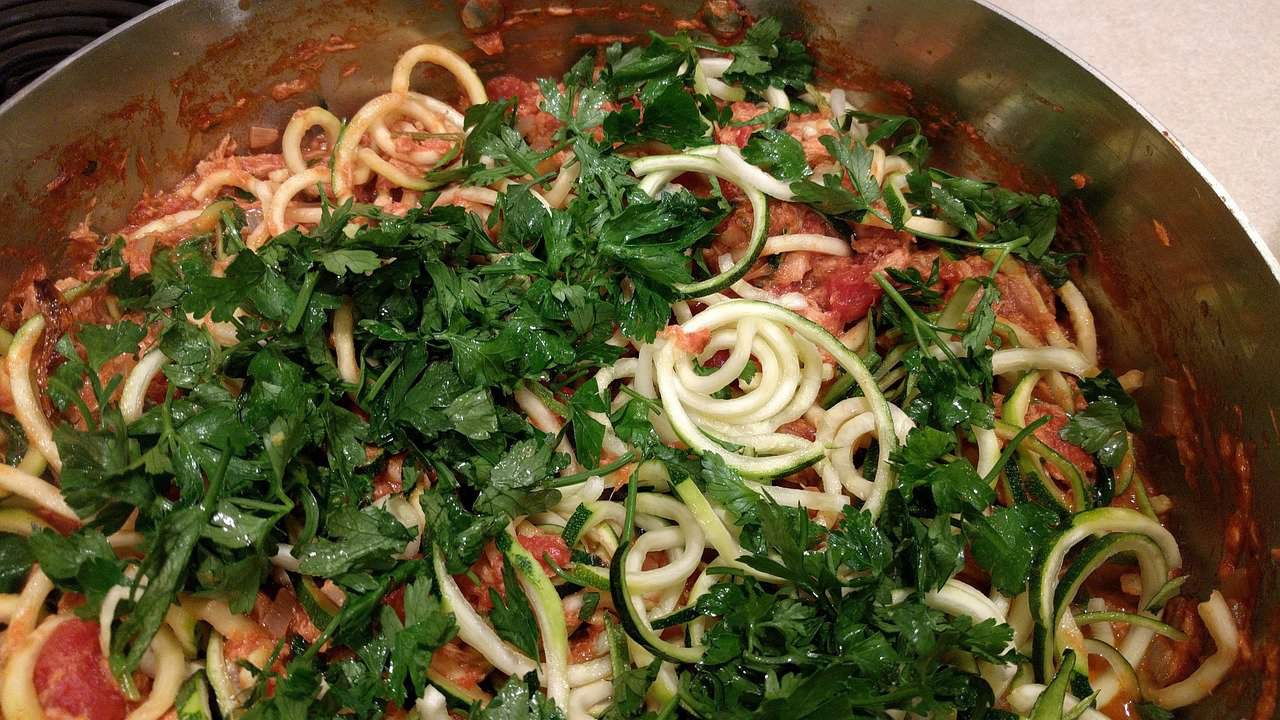The Ultimate Keto Vegetables List for Weight Loss Success
Estimated reading time: 5 minutes
- Discover the key keto-friendly vegetables for weight loss.
- Learn effective strategies for incorporating veggies into your diet.
- Understand which vegetables to avoid on a ketogenic diet.
- Maximize the benefits of low-carb veggies with actionable tips.
Table of Contents
- Understanding Keto and Weight Loss Mechanisms
- Top Keto Vegetables: Your Go-To List
- Why These Vegetables?
- Vegetables to Avoid on Keto
- Strategies for Effective Keto Vegetable Inclusion
- Conclusion
- FAQ
Understanding Keto and Weight Loss Mechanisms
The primary goal of the ketogenic diet is to reach a state called ketosis, during which your body shifts from burning carbohydrates for energy to burning fat. This switch is facilitated by consuming a low-carbohydrate intake. Including low-carb vegetables in your daily meals plays a critical role, as they provide essential nutrients and fiber without disrupting ketosis. For an in-depth understanding of the keto diet’s mechanisms, visit Medical News Today.
Top Keto Vegetables: Your Go-To List
Incorporating the right vegetables into your keto meal plan can significantly aid your weight loss efforts. Here’s an overview of some of the top keto vegetables you should consider, along with their net carb content and nutritional benefits per 100g.
| Vegetable | Net Carbs | Key Nutrients |
|---|---|---|
| Asparagus | 1g | Folate, Vitamin K |
| Spinach | 1-2g | Iron, Magnesium |
| Celery | 2g | Vitamin K, Antioxidants |
| Zucchini | 3g | Vitamin C, Potassium |
| Cauliflower | 3g | Choline, Fiber |
| Avocado* | 2g | Healthy fats, Fiber |
| Cucumber | 3g | Hydration support |
| Kale | 3g | Vitamin A, Vitamin C |
| Green Peppers | 3g | Vitamin C (157% DV) |
| Broccoli | 4g | Vitamin C, Folate |
*Note: Avocados are technically fruits but are commonly categorized with keto vegetables due to their low carb content. For more details on keto-friendly vegetables, consult Atkins and Healthline.
Why These Vegetables?
These vegetables are not only low in carbohydrates but also high in fiber, which can promote feelings of fullness and reduce overall calorie intake, a vital aspect of weight loss (source). Additionally, low-energy density means that these vegetables can be consumed in larger portions without exceeding your carb limits.
Vegetables to Avoid on Keto
While many vegetables can enhance your keto meal plan, some should be avoided to maintain ketosis. Here’s a list of high-carb vegetables that can disrupt your weight loss goals:
- Root vegetables: Potatoes (15g), Sweet potatoes (17g), Beets (7g)
- Starchy varieties: Corn (16g), Parsnips (13g), Butternut squash (10g)
- Legumes: Peas (9g net carbs)
For further insights, check out sources from Atkins and Diet Doctor.
Strategies for Effective Keto Vegetable Inclusion
To maximize the weight loss benefits of your keto vegetables, consider the following actionable tips:
- Portion Control: Pay attention to portion sizes of your veggies. Even low-carb vegetables can add up over the day, so tracking your daily net carbs can prevent excess intake. Utilize tracking apps or simple journaling techniques.
- Nutrient Timing: Consider consuming higher-carb vegetables, like tomatoes (with about 3g of net carbs), earlier in the day to better manage carb limits and energy levels.
- Preparation Methods: Pair low-carb vegetables with healthy fats like olive oil or avocado to enhance nutrient absorption. Healthy fats also promote satiety.
- Micronutrient Focus: Many of the top keto vegetables offer vital micronutrients. Prioritize magnesium-rich spinach and potassium-rich avocado to prevent any electrolyte imbalances, which are common when following a ketogenic diet.
Clinical research suggests that the intake of non-starchy vegetables correlates with improved weight loss outcomes on keto diets due to their high nutrient density and appetite-regulating properties. You can deepen your understanding through sources like Medical News Today and Healthline.
Conclusion
A well-planned keto diet can lead to significant weight loss and health improvements, and knowing how to incorporate the right vegetables is crucial. By utilizing our keto vegetables list, avoiding high-carb options, and following strategic implementation methods, you’ll be better equipped to succeed on your keto journey.
At Keto On A Budget, we are dedicated to providing you with resources and support for your weight loss journey. We encourage you to explore our other blog posts for delicious recipes, tips on maintaining ketosis, and budget-friendly shopping guides that will aid your transformation.
FAQ
What are the best vegetables for a keto diet?
Some of the best vegetables include spinach, kale, broccoli, and zucchini, as they are low in carbs and high in fiber.
Can I eat carrots on keto?
Carrots should be consumed in moderation as they have a higher carb content compared to other keto-friendly vegetables.
How can I include more vegetables in my keto meals?
Prepare salads, stir-fries, or smoothies with available low-carb veggies, and pair them with healthy fats for better absorption.
Are all leafy greens keto-friendly?
Yes, most leafy greens such as spinach and kale are keto-friendly and can be included in your diet.
